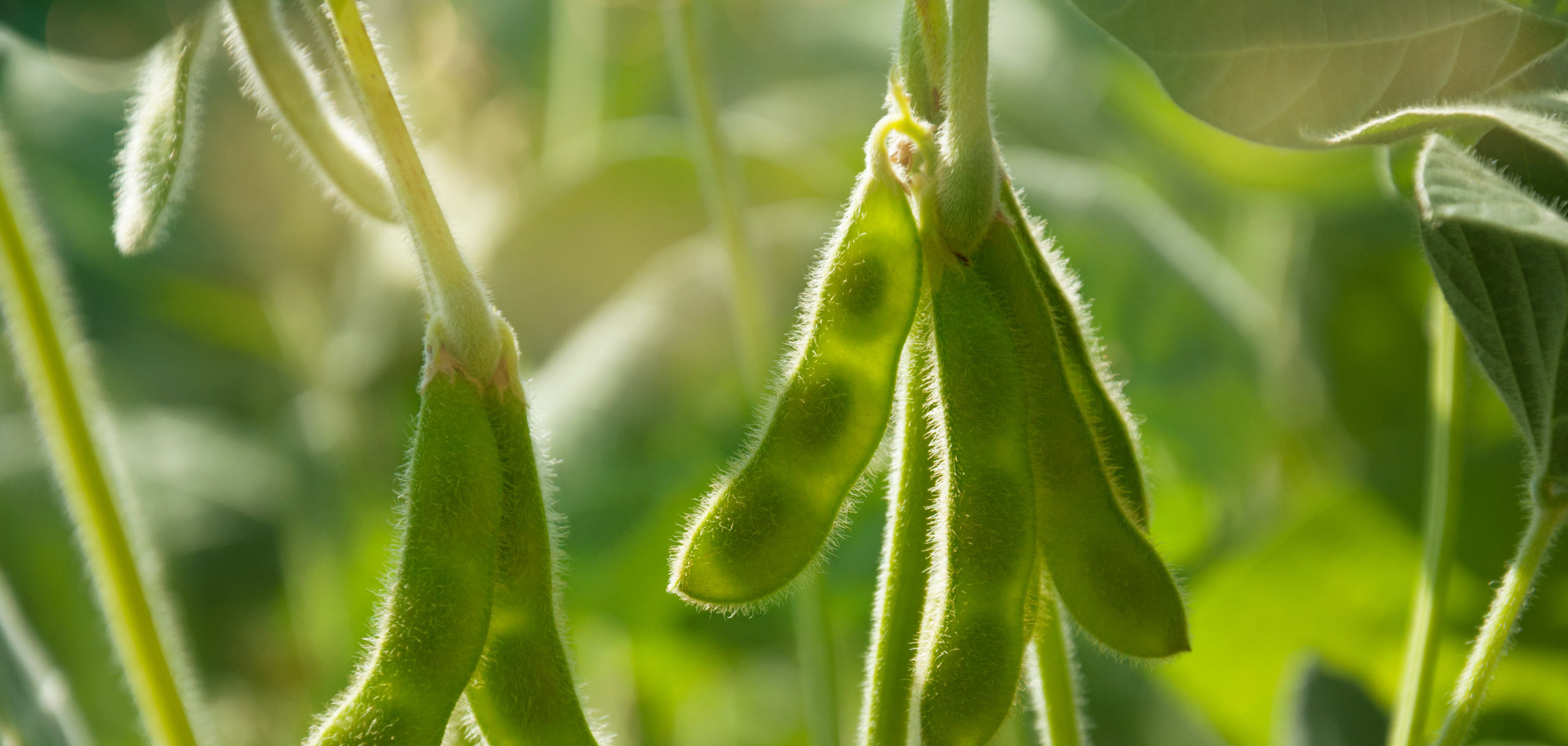
Growth Performance of Red Drum Fingerlings in Coastal Cages Using a Two-Stage Production and Feeding Regime
Category: Aquaculture
Region: Northeast Asia
DownloadRed drum (Sciaenops ocellata) fingerling production in coastal cages was demonstrated using a two-stage cage production regime and extruded aquafeeds in an ASA feeding trial conducted near Ningbo, Zhejiang Province, China. In the first stage of the production regime, red drum were stocked in six, 2.25-m3 cages at a density of 2,500 fish per cage and fed to satiation daily for 30 days with a 47% crude protein and 15% crude fat (47/15 feed) extruded, marine fingerling feed. After 30 days, the fish were transferred to three, 8-m3 cages and stocked at a density of 200 fish per m3 for the second stage of the production regime. Fish in the three 8-m3 cages were fed the 47/15 feed to size 25 g, at which point the fish were weaned to a lower cost 43/12 marine growout feed. Both feeds were fed in extruded, floating pellet form. The 43/12 feed is formulated with 35% soybean meal as a partial replacement for fishmeal. Red drum grew from 0.5g to 5.6 g in the 30-day, stage one component of the trial. Average FCR with the 47/15 feed during stage one in the 2.25-m3 cages was 1.04:1. Average fish survival was 77.7%. In the second stage, red drum grew from 5.6 g to 92.5 g in 88 days on a combination of 47/15 and 43/12 feeds. Average FCR for the combination of 47/15 and 43/12 feeds in stage two was 1.31:1. Fish survival averaged 51.3% in the stage two component of the trial. Results of the trial indicate that red drum perform well during the first production stage in 2.25-m3 cages, yielding good survival and excellent growth and feed conversion with the 47/15 extruded feed. Growth and FCR continued to be good in the second production stage in 8.0-m3 cages, but survival dropped significantly. Poor survival was believed to result from a combination of poor water quality and parasitic infestation. The two-stage production regime and combination-feeding regime with extruded 47/15 and 43/12 feeds was demonstrated to be a good strategy for producing red drum fingerlings. However, producers should be aware that red drum are sensitive to poor environmental conditions and should be cultured only in areas with good water quality.